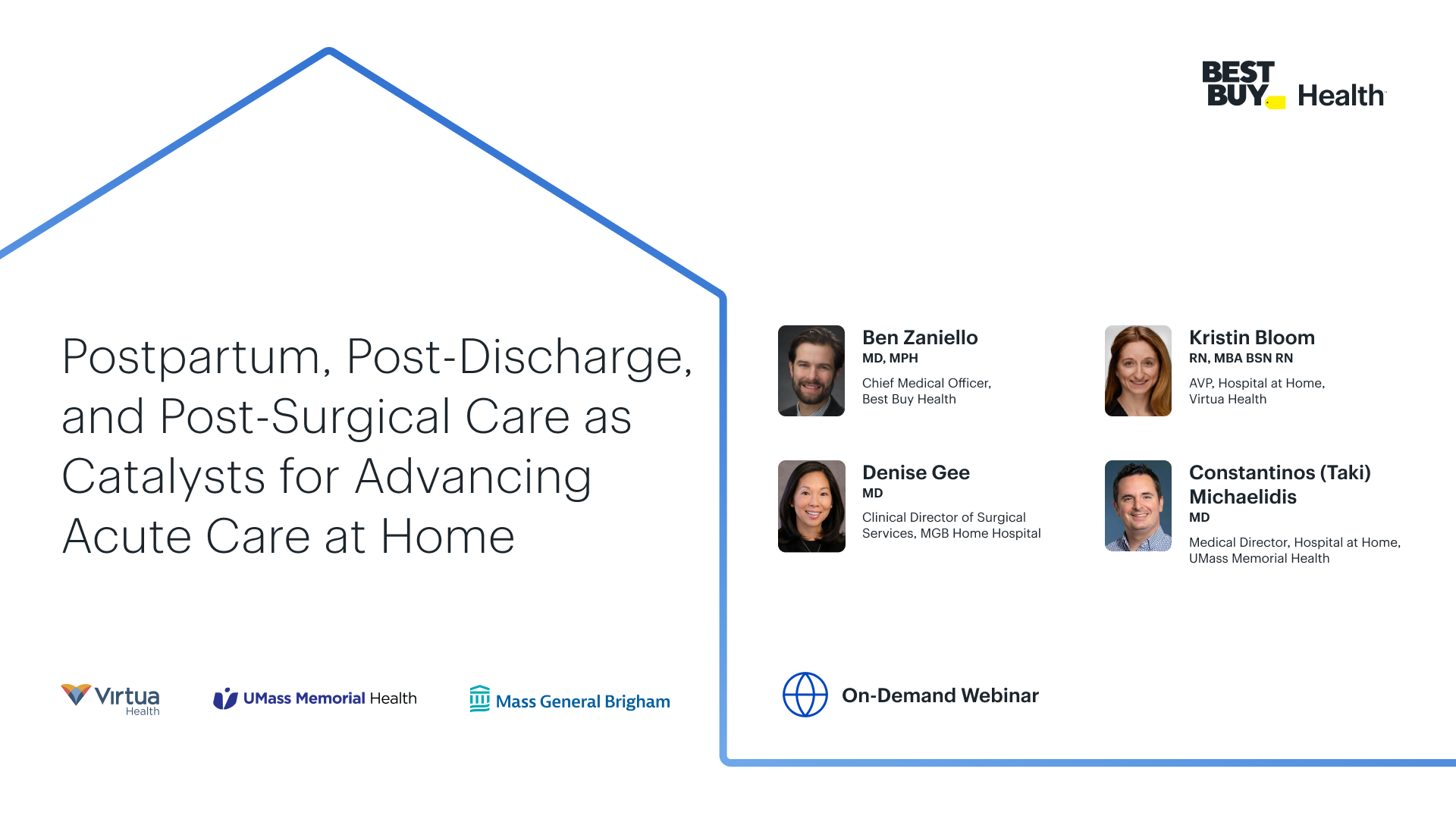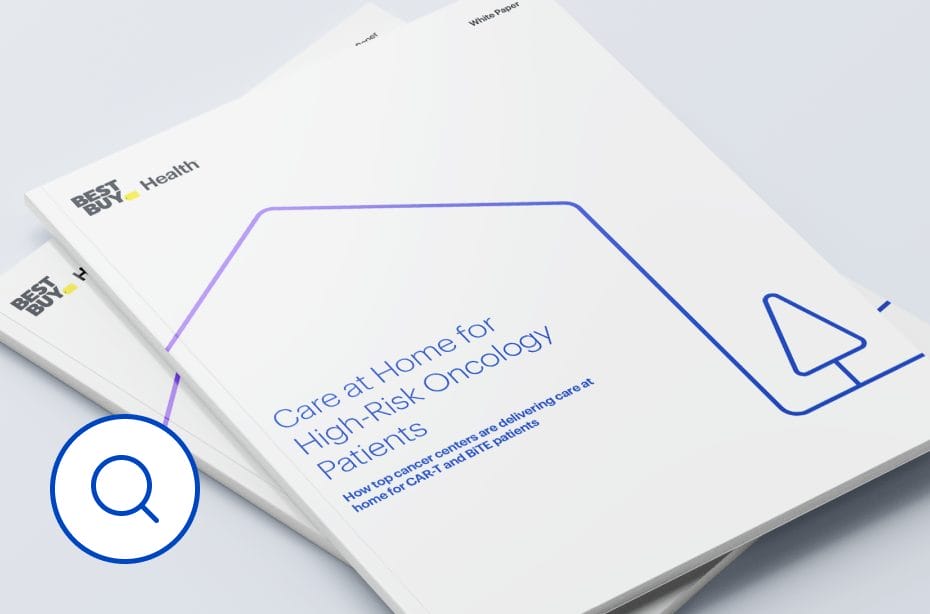Access & Accessibility: How to Make Remote Care Available for All
As COVID-19 normalizes virtual care and recent regulatory proposals aim to make it permanent, it is easy to feel that remote patient monitoring and telehealth have become mainstream. However, as remote healthcare garners broader appeal, many worry that vulnerable populations will be left behind if we fail to address the wide gap in technology access and accessibility.
At Current Health, we’ve always had a patient-first mentality. Here is how we think about issues of access and accessibility and how we’ve addressed them across our care-at-home platform.
Access: Do patients have the right technology?
A US study recently published in JAMA Internal Medicine found that 1 in 4 Medicare beneficiaries are without a home computer with high-speed internet or a smartphone with a wireless plan. Disproportionately, these patients are likely to be of low socioeconomic status, 85 years or older, and in communities of color.
For these patients, a core component of virtual care is access to the technology itself. When it comes to remote monitoring, this connectivity is essential—not just for a 15 minute call—but throughout the day in order to capture continuous vital signs. Having quality connectivity and the ability to call a provider on-demand can quite literally save a patient’s life.
Those who appear to have access to technology still may be excluded from virtual care due to compatibility requirements that come with constantly evolving software. It’s difficult for technology to account for older models or software versions, and also difficult to troubleshoot issues when there is no standardization.
Accessibility: Are patients able to easily use the technology?
Accessibility is harder to judge than access, but equally important to providing equitable care. Another US study published by JAMA Internal Medicine found that 38% of older adults were not ready for video visits, mostly due to inexperience with technology. Even for telephone visits, 20% of older patients were deemed unready due to difficulty hearing, difficulty communicating, or dementia.
What is critical is simplicity. Solutions have to be incredibly simple for the patient to use. Accessibility starts with ease of getting started. For example, how many steps does it take to get set up? Is any manual configuration required? Does it require the patient to know how to navigate something like an App Store? If they have a question, how can they get in touch with someone, especially if they’re having difficulty setting up the product to begin with?
Beyond ease of setup, technology needs to account for age, language, disabilities, and general familiarity with technology. Without attention to these aspects, many patients may get past enrollment, but ultimately have issues participating or getting value out of virtual care.
Current Health’s commitment to access and accessibility:
Ultimately, the patients who would most benefit from telehealth and remote monitoring are the ones who often can not access it.
From the beginning, we have recognized the importance of providing a turn-key solution that can support patients regardless of their technical abilities or existing in-home infrastructure. Our kit arrives with everything a patient may need, including a pre-loaded tablet that walks them through a simple, 5-minute setup. Our Home Hub assesses the quality of cellular coverage in a home and advises the patient whether to connect to home broadband or use cellular. If the patient is to use the Home Hub’s cellular network, getting connected is a one-step process that simply involves plugging the Home Hub into a power outlet. We’ve made video visits available through a one-click process so patients can reach their care team without the need to download an app or login.
This attention to the patient experience has enabled us to deliver high-quality healthcare to women in rural Uganda as well as produce 90% patient adherence across US and UK customers. As virtual care evolves, simplicity will remain the foundation of our platform, in order to improve health outcomes for all.
Interested in learning more about our patient-centric approach to remote care? Click here!


